Graminivore Animals
Introduction:
Graminivores are animals that primarily feed on grasses as their main source of nutrition. Graminivores, also known as herbivores, are animals that primarily consume plant material, with a focus on grasses and other vegetation. These animals play a crucial role in ecosystems by contributing to nutrient cycling, seed dispersal, and shaping the structure of plant communities. These animals have adaptations that allow them to efficiently digest the fibrous and often low-nutrient content of grasses. Here are some key points about graminivores:
Characteristics of Graminivores:
Dentition:
Graminivores often have specialized teeth for cutting and grinding plant material. For instance, they may have broad, flat molars that are well-suited for grinding tough plant fibers.
Digestive System:
The digestive system of graminivores is adapted to break down complex plant cell walls. This is achieved through specialized compartments in the stomach or an extended digestive tract that allows for the fermentation of plant material.
Microbial Fermentation:
Graminivores often rely on microbial fermentation to break down cellulose and extract nutrients from plant material. Microbes in the digestive system help to break down complex carbohydrates into simpler compounds that the animal can absorb.
Long Digestive Tract:
Many graminivores have a longer digestive tract to maximize the time plant material spends in the system. This allows for more thorough fermentation and nutrient absorption.
Diet:
Primary Diet:
Graminivores primarily feed on grasses and other plant materials. This includes leaves, stems, seeds, and sometimes roots.
Variety of Plants:
While grasses are a significant part of their diet, graminivores may also consume a variety of other plants, depending on their habitat and availability.
Adaptations for Herbivory:
Dental Adaptations:
Many graminivores have specialized teeth for grinding plant material. For example, herbivores often have flat molars that are suitable for chewing tough plant fibers.
Digestive System:
Herbivores typically have a complex digestive system designed to break down plant cell walls and extract nutrients. This may involve specialized stomach chambers or a longer digestive tract.
Examples of Graminivores:
Large Mammals:
Animals such as elephants, giraffes, zebras, and bison are examples of large graminivores. They roam grasslands and savannas, consuming a significant amount of grass.
Small Mammals:
Rodents like rabbits, guinea pigs, and prairie dogs are also graminivores. They feed on grasses and other plant materials.
Insects:
Some insects, such as grasshoppers and caterpillars, are considered graminivores because they feed on grasses and plants.
Ecological Role:
Seed Dispersal:
Many graminivores play a role in seed dispersal. They consume seeds along with plant material and later excrete the seeds in a different location, aiding in the spread of plant species.
Ecosystem Engineers:
Large graminivores, like elephants, can have a significant impact on their environment. They may create clearings in forests by pushing down trees, influencing the structure of the ecosystem.
Challenges and Adaptations:
Predation:
Graminivores face predation from carnivores. As a defense mechanism, they may have evolved behaviors such as living in groups, having keen senses, and being able to run swiftly.
Chemical Defense:
Some plants have developed chemical defenses to deter herbivores. Graminivores may have adaptations to deal with or detoxify these chemicals.
Human Interaction:
Domestication: Humans have domesticated several graminivores for various purposes, such as cattle for meat and dairy, horses for transportation, and sheep for wool.
Here is some examples of Graminivores Animals:
Cattle:
Cattle are classic examples of graminivores. They have a complex stomach with multiple compartments, including the rumen, where microbial fermentation takes place. Cattle have adapted to consuming tough grasses through their specialized digestive system.
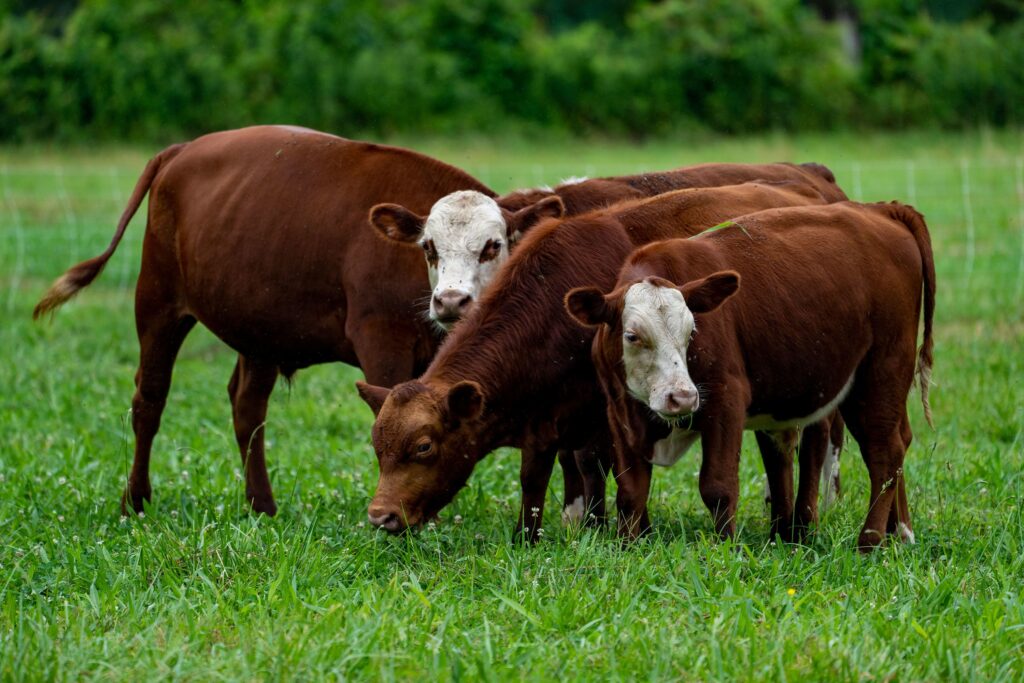

Horses:
Horses are also graminivores that have evolved to feed on a diet of grasses. Their teeth are adapted for grinding, and they have a large cecum and colon, which are parts of the hindgut where fermentation occurs.
Sheep:
Sheep are herbivores that graze on grasses and other plant materials. They have a complex stomach with four compartments, including the rumen and omasum, allowing for efficient digestion of plant fibers.
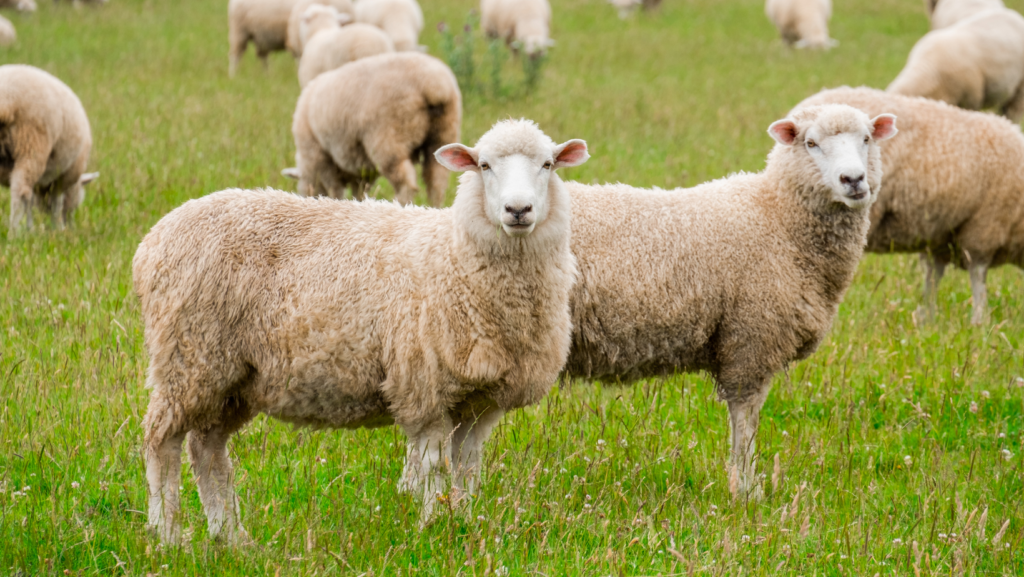
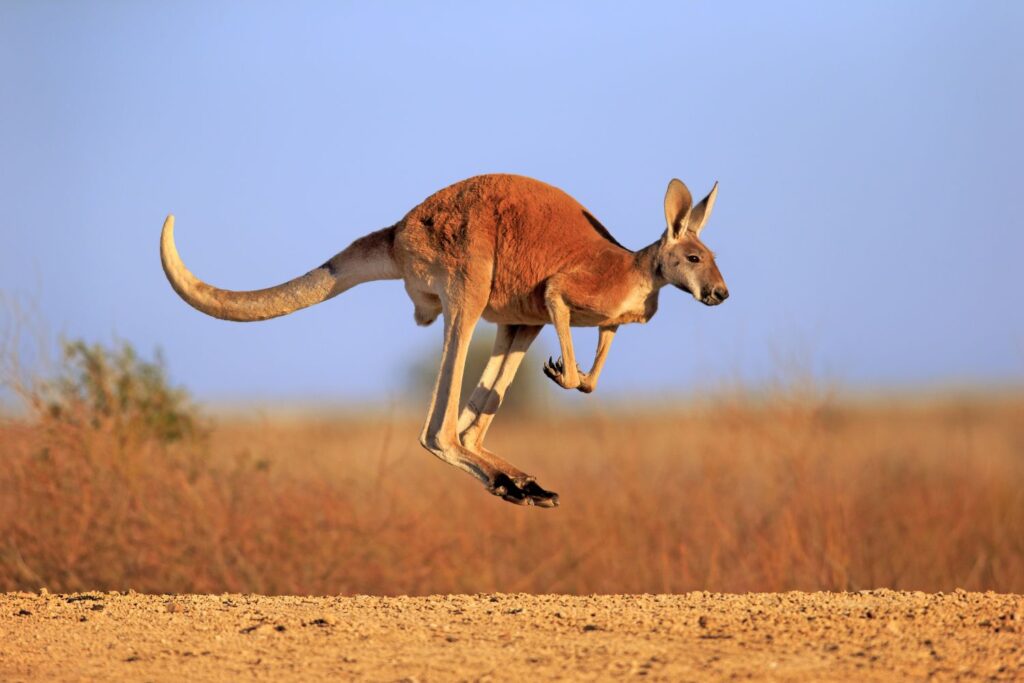
Kangaroos:
While kangaroos are known for their hopping ability, they are also herbivores that feed on grasses. They have a specialized digestive system with a large cecum for the fermentation of plant material.
Antelopes:
Many species of antelopes, such as gazelles and wildebeests, are graminivores. They graze on grasses in open habitats and have adaptations for efficient digestion of plant material.

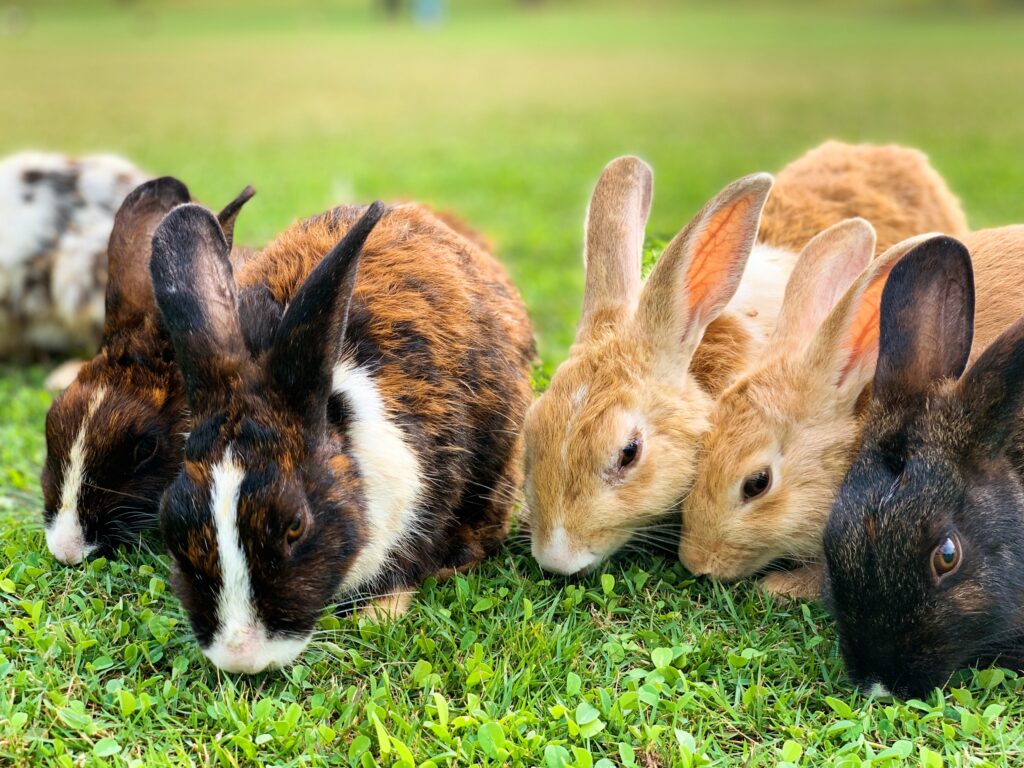
Rabbits:
Rabbits are examples of small graminivores. They have continuously growing teeth adapted for grinding and a hindgut fermentation system that allows them to extract nutrients from plant fibers.
Giraffes:
Giraffes, despite their long necks adapted for browsing leaves, also feed on grasses when they are available at lower heights.
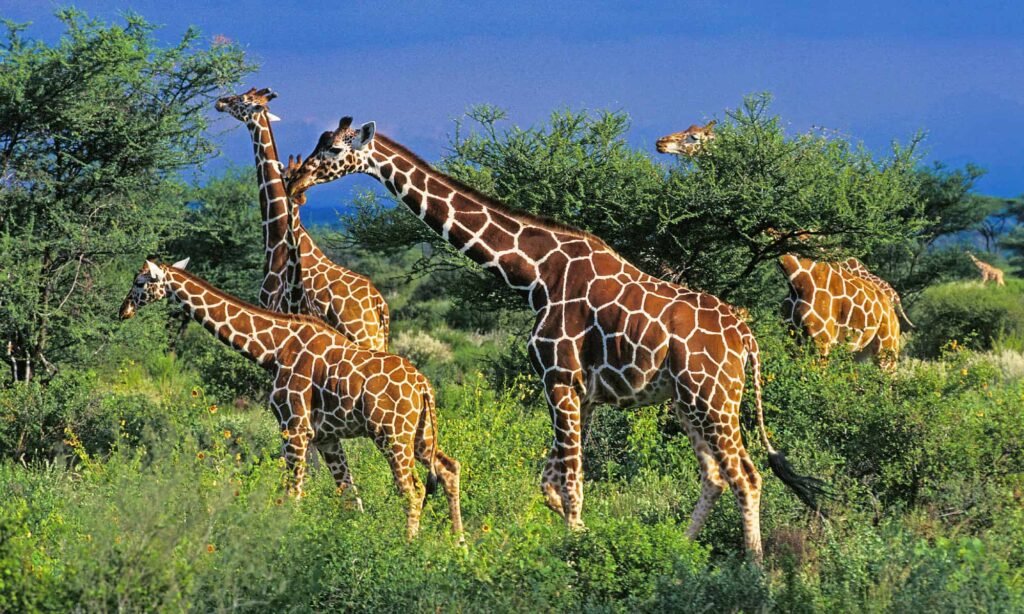
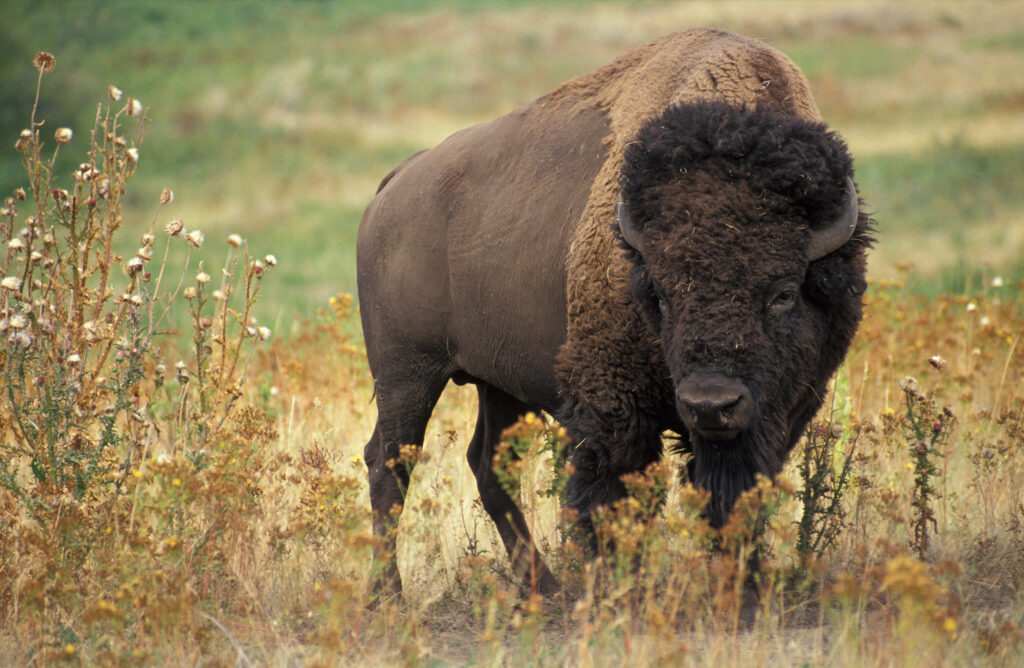
Bison:
Bison are large herbivores that graze on grasses and other vegetation. They were historically an important part of North American grassland ecosystems.
Guinea Pigs:
Guinea pigs are small rodents that primarily consume grasses and hay in captivity. In the wild, they also eat various plant material.
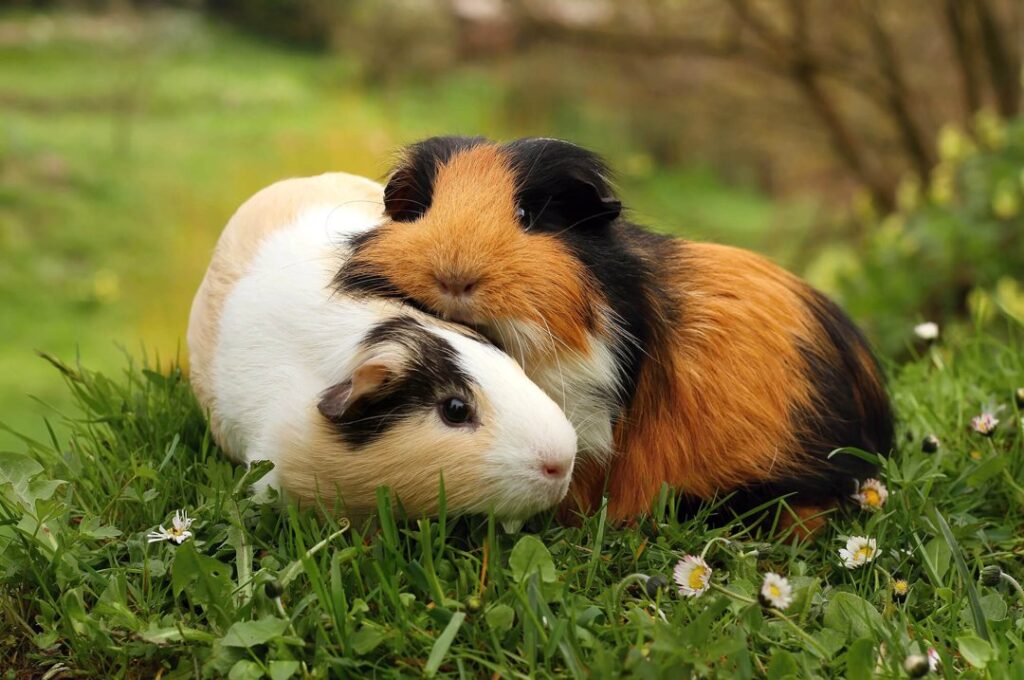
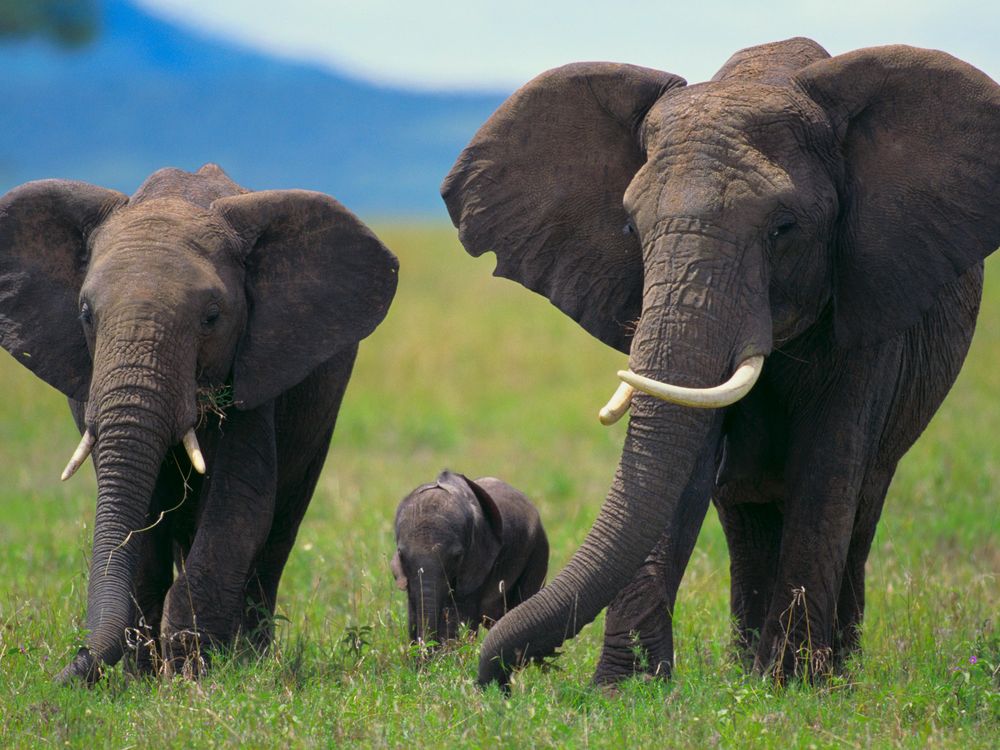
Elephants:
While elephants are known for eating a variety of plant material, grasses are a significant part of their diet, particularly for African elephants.
Pronghorn:
Pronghorns, often found in North America, are graminivorous herbivores known for their speed and agility.
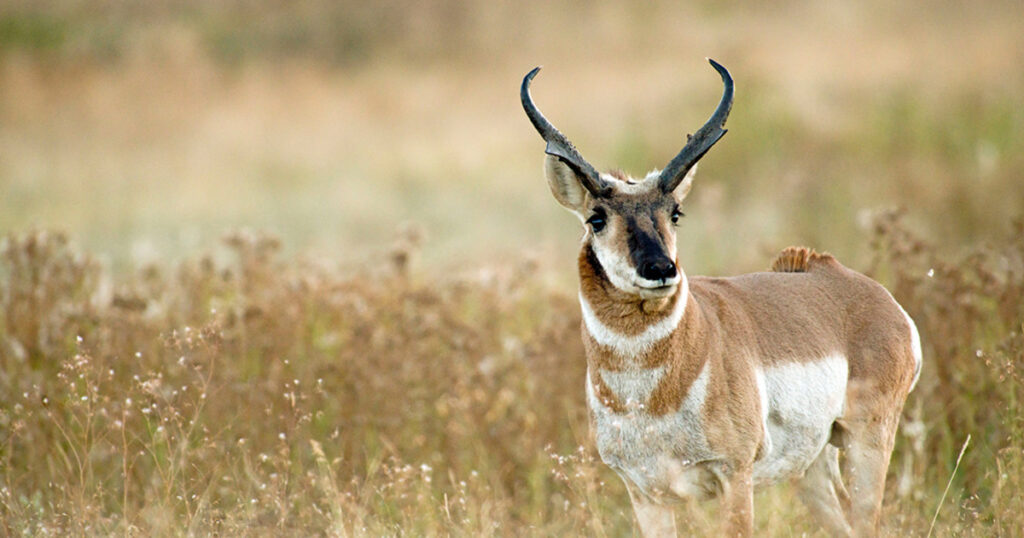
Understanding the diverse adaptations and roles of these graminivores provides insights into the complex relationships between herbivores, plants, and their environments. These animals contribute to the balance and health of ecosystems through their feeding habits, seed dispersal, and interactions with other species.
121 thoughts on “Graminivore Animals”
I got what you intend, saved to my bookmarks , very nice website .
I really want to thank you for yet another great informative post, I’m a loyal visitor to this blog and I can’t say how much valuable tips I’ve learned from reading your content. I really appreciate all the hard work you put into this great blog.
Thank you
Perfect! You assisted give me well read material and a solid understanding of this subject.
Oh my goodness! a tremendous article dude. Thanks Nonetheless I’m experiencing challenge with ur rss . Don know why Unable to subscribe to it. Is there anyone getting similar rss drawback? Anyone who knows kindly respond. Thnkx
thank you!
An impressive share, I just now given this onto a colleague who has been carrying out a small analysis with this. And the man the truth is bought me breakfast due to the fact I discovered it for him.. smile. So i want to reword that: Thnx to the treat! But yeah Thnkx for spending the time to talk about this, I feel strongly concerning this and adore reading much more about this topic. If possible, as you become expertise, would you mind updating your blog with increased details? It can be extremely great for me. Massive thumb up because of this writing!
*An interesting discussion is worth comment. I think that you should write more on this topic, it might not be a taboo subject but generally people are not enough to speak on such topics. To the next. Cheers
My neighbor and I have been simply debating this specific topic, he’s usually seeking to prove me incorrect. Your view on that is nice and precisely how I really feel. I simply now mailed him this website to indicate him your personal view. After looking over your website I e book marked and can be coming back to learn your new posts!
Thank you
cheers for the actual article i have recently been on the lookout with regard to this kind of advice on the net for sum time right now so many thanks
Nice post. I understand some thing much harder on diverse blogs everyday. Most commonly it is stimulating to study content using their company writers and rehearse a little something from their store. I’d would prefer to apply certain with all the content in this little blog regardless of whether you don’t mind. Natually I’ll provide link on your web blog. Many thanks sharing.
I am glad that I have observed this blog. Ultimately anything not a crap, which we understand quite usually. The web site is lovingly maintained and up to date. So it really should be, thank you for this welcome transform.
Good day. Very cool blog!! Man .. Excellent .. Amazing .. I’ll bookmark your website and take the feeds additionally…I am glad to locate numerous useful info right here within the post. Thank you for sharing..
I am curious to find out what blog platform you have been utilizing? I’m experiencing some minor security problems with my latest blog and I would like to find something more safe. Do you have any recommendations?
I use wordpress
You have noted very interesting details ! ps nice website .
Great write-up, I am regular visitor of one?¦s site, maintain up the nice operate, and It is going to be a regular visitor for a lengthy time.
Thank you
I’d should seek advice from you here. Which isn’t something It’s my job to do! I enjoy reading a post that may get people to believe. Also, thanks for permitting me to comment!
I am glad to be one of the visitants on this outstanding internet site (:, regards for posting .
Thank you
Wonderful goods from you, man. I’ve understand your stuff previous to and you are just extremely fantastic. I really like what you have acquired here, certainly like what you are saying and the way in which you say it. You make it entertaining and you still take care of to keep it smart. I cant wait to read much more from you. This is really a terrific web site.
Thank you
Hi there! I just want to give a huge thumbs up for the nice information you’ve here on this post. I will probably be coming again to your weblog for extra soon.
Fantastic read, I just passed this onto a friend who was doing a little study on that. And he actually bought me lunch because I discovered it for him smile So let me rephrase that: Thanks for lunch!
Considerably, the actual publish is usually the finest about this deserving topic. I agree with your results and in addition may excitedly anticipate your potential updates. Simply just stating thank you will not merely you should be sufficient, for that wonderful quality inside your writing. I’ll right away seize your rss feed to stay up-to-date with any kind of updates. Genuine perform and in addition much achievement inside your enterprise dealings!
I will immediately snatch your rss as I can not to find your e-mail subscription link or newsletter service. Do you’ve any? Kindly permit me realize in order that I could subscribe. Thanks.
Sure
Good blog! I truly love how it is simple on my eyes and the data are well written. I’m wondering how I could be notified when a new post has been made. I have subscribed to your feed which must do the trick! Have a great day!
We still cannot quite believe that It was not respectable often be those checking important points located on yuor web blog. Our kids and that i are sincerely thankful for your personal generosity also giving me possibility pursue our chosen profession path. Published information Manged to get with your web-site.
I am also commenting to let you know what a wonderful experience our daughter enjoyed browsing your web site. She discovered lots of pieces, which included how it is like to possess a marvelous coaching style to get other individuals quite simply comprehend specified specialized topics. You undoubtedly did more than people’s expected results. Thank you for displaying those necessary, trustworthy, edifying and in addition unique thoughts on the topic to Julie.
Thank you
Substantially, the article is really the freshest on that valuable topic. I match in with your conclusions and definitely will eagerly look forward to your next updates. Saying thanks definitely will not just be acceptable, for the amazing clarity in your writing. I will certainly immediately grab your rss feed to stay privy of any updates. Authentic work and also much success in your business efforts!
I am glad to be one of several visitors on this outstanding site (:, thanks for putting up.
Good website! I truly love how it is simple on my eyes and the data are well written. I am wondering how I might be notified when a new post has been made. I’ve subscribed to your feed which must do the trick! Have a great day!
Rattling clean web site , appreciate it for this post.
I was on Twitter looking for Neiko Hand Tools when I found a link to this blog, happy I stopped by – Cheers
You can definitely see your skills within the work you write. The arena hopes for more passionate writers like you who are not afraid to say how they believe. All the time follow your heart.
Only wanna remark on few general things, The website design and style is perfect, the written content is rattling good : D.
Thank you
Regards for this marvellous post, I am glad I observed this internet site on yahoo.
You need to experience a tournament for just one of the highest quality blogs over the internet. I’m going to suggest this site!
Thank you
I discovered your blog site website on google and appearance a number of your early posts. Maintain inside the excellent operate. I just additional the RSS feed to my MSN News Reader. Looking for forward to reading much more on your part afterwards!…
Well, that is definitely decent, nonetheless how about extra choices we now have here? Can you thoughts composing yet another post relating to all of them also? Be thankful!
World Facts For Children… [https://kingwildlife.com/]here are some links to sites that we link to because we think they are worth visiting[https://kingwildlife.com/]…
i was just browsing along and came upon your blog. just wantd to say great site and this post really helped me.
you’ve gotten a terrific blog here! would you like to make some invite posts on my blog?
We so appreciate your blog post. You’ll find hundreds of approaches we could put it to good use while having no effort with time and resources. Thank you very much with regard to helping make the post give light to many questions we have got before now.
You made a few good points there. Used to do searching on the issue as well as identified practically all individuals goes together with along with your blog.
being a blogger myself , i can see someone with great potential,
Aw, this became a very good post. In concept I have to place in writing similar to this moreover – spending time and actual effort to have a good article… but what can I say… I procrastinate alot and also by no means find a way to go done.
Very efficiently written story. It will be useful to anybody who employess it, including me. Keep up the good work – can’r wait to read more posts.
I happen to be writing to make you know of the great experience my friend’s daughter found using the blog. She came to understand a wide variety of details, not to mention how it is like to possess an incredible teaching character to get other folks just have an understanding of selected specialized subject areas. You undoubtedly exceeded visitors’ expectations. I appreciate you for imparting these important, safe, informative and in addition fun tips on your topic to Sandra.
very good post, i surely love this website, continue it
very good post, i surely adore this website, keep on it
This is such a great post, and was thinking much the same myself. If I could write like you I would start my own blog.
We happen to be truly satisfied in which Raymond can deal with his research via the tips he or she received with all the web site. It’s now and once again puzzling to simply be offering information that numerous another folks have recently been selling. We realize we have the writer by way of thanking because of this. The sort of drawings you have made, the straightforward internet site navigation, the relationships a person help to engender ?ê? it’s every thing amazing, and it’s also producing the boy as well as us all think that the topic is actually pleasant, and that’s amazingly obligatory. We appreciate you almost all!
Would love to always get updated great blog ! .
Hi, I’ve suffered with a hearing problem all my life and using the web to talk to people has changed my life, I enjoy many blogs and plan to start my own in the near future. I found your site from a post I read, I though I’d take a look and I’m happy I did.
Some times its a pain in the ass to read what people wrote but this site is rattling user pleasant! .
Couldn´t be written any kind of better. Reading this post reminds me of my old room mate! He always kept talking about this. I definitely will forward that article to him. Extremely certain he can possess a good read. Thanks for sharing!
I bookmared your site a couple of days ago coz your blog impresses me.’~:*`
Thank you for your very good information and respond to you. san jose car dealers
thanx for such a fantastic website. Where else could someone get that kind of info written in such a perfect way? I have a presentation that I am presently working on, and I have been on the look out for such information.
Thank you
There are some fascinating points in time in this article but I don’t know if I see all of them heart to heart. There may be some validity but I’ll take hold opinion till I look into it further. Good article , thanks and we would like more! Added to FeedBurner as properly
Hey! I merely observed one additional information in another weblog that appeared like this. How do you know all these items? That is one cool post.
Excellent blog post, I have bookmarked your site so ideally I’ll see much more on this subject in the foreseeable future!
Thanks for the great post on your blog, it really gives me an insight on this topic.~”:~:
I found your blog website on google and test a number of of your early posts. Continue to keep up the superb operate. I simply further up your RSS feed to my MSN Information Reader. Searching for ahead to reading extra from you in a while!…
This is the correct weblog for anybody who wants to find out about this topic. You understand a lot its virtually hard to argue on hand (not that I personally would want…HaHa). You certainly put a fresh spin on a topic thats been written about for a long time. Wonderful stuff, just great!
Thank you a lot for sharing this with all people you actually recognise what you are talking about! Bookmarked. Kindly also discuss with my website =). We will have a link trade arrangement between us!
Spot i’ll carry on with this write-up, I actually think this site needs considerably more consideration. I’ll more likely be once more to see a great deal more, thanks for that information.
What refreshing shock your posts are. these posts are aiding me in exploring some needed specifics. You’ve added to my study in your posting.
hi!,I really like your writing very so much! share we be in contact more about your article on AOL? I require a specialist on this area to unravel my problem. May be that’s you! Looking forward to see you.
Heard about this website from my buddy. He pointed me here and informed me I’d discover what I need. He was right! I got all of the questions I had, answered. Did not even take lengthy to seek out it. Love the truth that you produced it so simple for individuals like me.
Thank you
Hey! Fantastic blog! I happen to be a daily visitor to your site (somewhat more like addict ) of this website. Just wanted to say I appreciate your blogs and am looking forward for more!
We are a group of volunteers and opening a new scheme in our community. Your website provided us with valuable information to work on. You have done an impressive job and our whole community will be grateful to you.
ohh thank you
I’m not sure where you’re getting your info, but great topic. I needs to spend some time learning much more or understanding more. Thanks for excellent information I was looking for this info for my mission.
Thank you
Hello, I want to fulfill all your fantasies over and over again!
Your blog is spectacular. A lot of the things on your own page are usually my consent concerning. we appreciate you discussing.
Thank you
I appreciate your wordpress web template, wherever did you down load it through?
Some really marvellous work on behalf of the owner of this internet site , perfectly great content .
Good site! I really love how it is nice on my eyes it is. I am wondering how I might be notified whenever a new post has been made. I’ve subscribed to your RSS feed which may do the trick? Have a nice day!
I am very happy to read this. This is the type of info that needs to be given and not the accidental misinformation that is at the other blogs. Appreciate your sharing this best doc.
I simply found your internet website many days ago and i have been reading through it frequently. you have got a good range of useful data on the site and
Comfortabl y, the article is really the top on this deserving topic. I fit in with your conclusions and can thirstily look forward to your coming updates. Simply just saying thanks will not simply be enough, for the awesome clarity in your writing. I will certainly perfect away grab your rss feed to stay informed of any updates. Genuine work and much success in your business efforts!
Thank you
Hiya. Very nice web site!! Guy .. Excellent .. Superb .. I will bookmark this site and take the feeds also…I’m happy to locate so much useful information right here within the article. Thank you for sharing.
It is the best time to make some plans for the future and it’s time to be happy. I have read this post and if I could I want to suggest you some interesting things or suggestions. Maybe you can write next articles referring to this article. I desire to read more things about it!
A formidable share, I simply given this onto a colleague who was doing somewhat analysis on this. And he in reality bought me breakfast as a result of I found it for him.. smile. So let me reword that: Thnx for the treat! But yeah Thnkx for spending the time to discuss this, I really feel strongly about it and love reading more on this topic. If potential, as you grow to be expertise, would you thoughts updating your blog with more details? It’s highly helpful for me. Large thumb up for this weblog put up!
I genuinely enjoy looking at on this website , it has wonderful content .
Thank you
An fascinating discussion might be priced at comment. There’s no doubt that that you can write on this topic, it might be considered a taboo subject but normally folks are too few to speak on such topics. To another. Cheers
Thank you for another informative website. Where else could I get that type of information written in such an ideal way? I have a project that I’m just now working on, and I have been on the look out for such information.
I really glad to find this web site on bing, just what I was searching for : D too saved to fav.
Thats pretty cool! I look forward to reading more of your posts.
Hello There. I found your blog using msn. This is a really well written article. I will be sure to bookmark it and return to read more of your useful information. Thanks for the post. I抣l certainly return.
Interesting post , I am going to spend more time learning about this subject
I truly appreciate this post. I?ve been looking everywhere for this! Thank goodness I found it on Bing. You have made my day! Thanks again
This is such a great resource that you’re offering and you provide out at no cost. I appreciate seeing sites that realize the worth of offering a perfect useful resource totally free. I genuinely loved reading your submit.
Thank you
Thanx for a very informative blog. Where else may I get that type of information written in such a perfect approach? I’ve a challenge that I’m just now running on, and I’ve been on the look out for such information.
I?ve been exploring for a bit for any high quality articles or blog posts in this kind of house . Exploring in Yahoo I finally stumbled upon this site. Reading this info So i am happy to convey that I have a very just right uncanny feeling I came upon just what I needed. I such a lot definitely will make certain to don?t overlook this web site and provides it a glance regularly.
Pretty nice post, thanks for the awesome article. I’m having troubles subscribing to your blogs feed. Thought I’d let you know
Excellent stuff. I can’t describe how much your site has helped me within my academic research on the subject. I’m now likely to get top marks without a doubt. Thanks a thousand. I owe you one.
I just put the link of your blog on my Facebook Wall. very nice blog indeed.`-*~;
You really should experience a contest personally of the highest quality blogs on the internet. Let me recommend this page!
Comfortably, the article post is during truthfulness a hottest on this subject well known subject matter. I agree with ones conclusions and often will desperately look ahead to your updaters. Saying thanks a lot will not just be sufficient, for ones wonderful ability in your producing. I will immediately grab ones own feed to stay knowledgeable from any sort of update versions. Fantastic get the job done and much success with yourbusiness results!
I vary with most people the following; I came across this blog post We couldn’t stop until I completed, even although it wasn’t exactly what I used to be trying to find, was still being a good read though. I’ll immediately get a website give food to to remain in touch associated with a revisions.
An interesting discussion will probably be worth comment. There’s no doubt that that you simply write more about this topic, may well be described as a taboo subject but normally folks are inadequate to communicate on such topics. To the next. Cheers
When visiting blogs, i always look for a very nice content like yours “
Thanks for such a good information, i have bookmarked your site and will visit again.
Great post, I concur completely and appreciate the time you took to write it, nice!
I don抰 even know how I ended up here, but I thought this post was good. I don’t know who you are but definitely you are going to a famous blogger if you are not already 😉 Cheers!